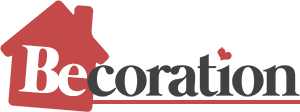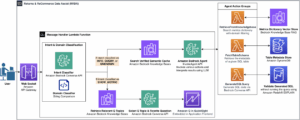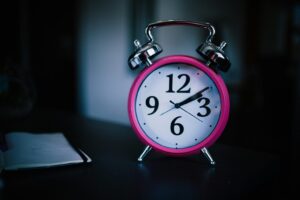**Agrovoltaics: Revolutionizing Farming with Solar Energy**
Sustainability stands as one of the most pressing challenges in the modern world, with the agricultural sector, in particular, feeling the heat due to its substantial resource and electrical demands. Agrovoltaics emerges as a game-changing solution that marries agriculture with solar energy to mutual benefit.
Though the concept of agrovoltaics dates back to the 1980s, it has recently gained traction as a promising answer to sustainability challenges faced by farmers and ranchers. This innovative system facilitates the production of clean, renewable electricity while simultaneously allowing for agricultural activities to proceed unimpeded on the same land.
Spain is at the forefront, recognizing the urgent need to foster more sustainable practices, leading the charge in the adoption of agrovoltaic energy. Let’s delve into how this approach operates, evaluating its environmental and economic benefits, alongside its adaptation to technological advancements.
**Merging Farming and Solar Power: The Essence of Agrovoltaics**
Agrovoltaics involves the strategic placement of photovoltaic solar panels on farmable or grazing lands, harnessing the same area to generate clean solar energy while maintaining livestock or crop production. This innovative symbiosis optimizes land use by circumventing the need to allocate separate spaces exclusively for solar energy production. Crops and livestock can coexist with photovoltaic panels, creating a sustainable and efficient ecosystem.
**Environmental and Economic Advantages of Agrovoltaics**
The paramount environmental advantage of agrovoltaics lies in its contribution to the shift towards renewable energies. Generating solar power without CO2 emissions significantly reduces the agricultural sector’s carbon footprint. Furthermore, by leveraging existing agricultural land, the need to clear new areas solely for solar energy production is eliminated, thereby preserving biodiversity and natural ecosystems.
From an economic perspective, agrovoltaics boast several key benefits. Landowners can generate additional income through solar energy production, offsetting any potential decrease in crop productivity due to shading from panels. Moreover, solar panels can mitigate irrigation costs by reducing water evaporation and offer protection to animals and plants against extreme weather conditions like hailstorms.
While initial investments might be steep, numerous government grants and subsidies can cover up to 50% of the installation costs. The long-term benefits of energy independence and cost savings far outweigh these initial expenditures.
**Technological Progress in Agrovoltaics**
Agrovoltaics is swiftly adapting to technological innovations aimed at further enhancing its efficiency and sustainability. For instance, the development of adjustable solar panel systems, which can alter their orientation and inclination manually or automatically, ensures optimal solar energy capture throughout the day and various seasons, catering to the needs of the crops.
Furthermore, the integration of artificial intelligence and big data is enabling smarter agrovoltaic system management. By analyzing data on crop growth and weather conditions, panels can be adjusted to allow the precise amount of light required for photosynthesis, while the rest is utilized for electricity generation.
Looking ahead, advancements in photovoltaic materials, such as semi-transparent smart polymers, are expected to address issues like shading, further optimizing the integration of agriculture and solar energy.
**Conclusion: Towards a Sustainable Future with Agrovoltaics**
Agrovoltaics represents a novel and promising solution for the agricultural sector, efficiently combining solar energy production with farming and livestock activities. With its environmental and economic benefits, along with its adaptability to technological advances, this technology is poised to become a cornerstone in building a more sustainable rural future.
As Spain and other nations drive the implementation of agrovoltaic systems, a new era of integration between agriculture and renewable energies emerges, laying the groundwork for a shift towards a development model that harmonizes with the environment.












